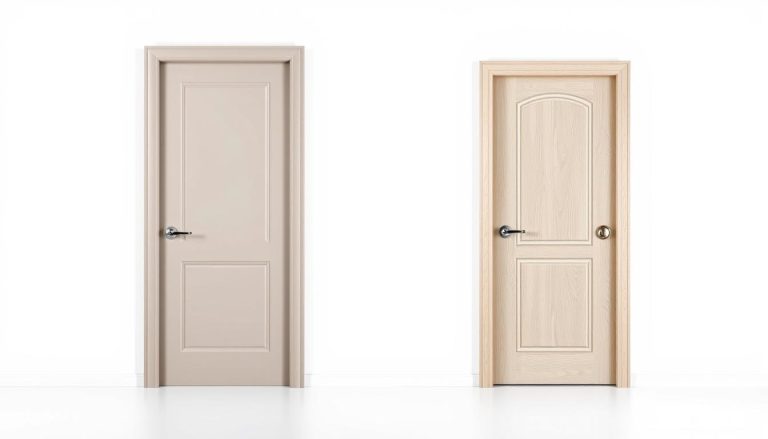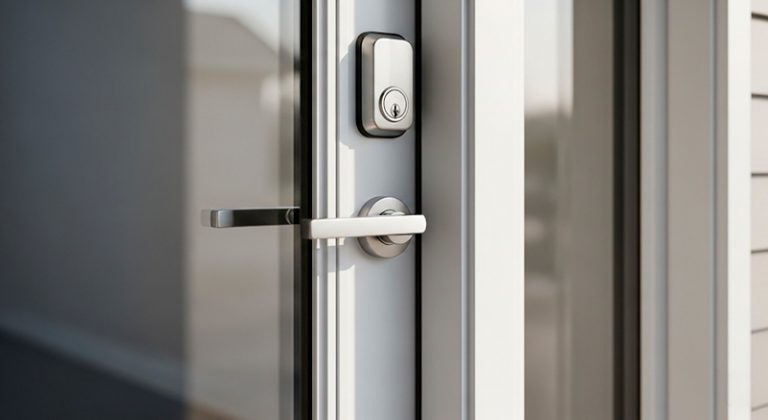Window Replacement Near Me
Energy Efficient West Windows Are A Trending Topic
In most of Canada, energy-efficient vinyl windows are not only useful in reducing energy bills but are also mandated as part of building codes. The general requirement for new home construction west windows Burlington are “Low E and Argon” which means that the glass panes are constructed with an invisible reflective coating that helps maintain heat in the home and that the space between the panes contains a heavy, argon gas.Farewell to “McMansions”
In the 90’s and early 2000’s “McMansions” were all the rage as most people who wanted new construct wanted larger homes. The 1970’s “dream home” of 3,000 square feet had at least doubled in size by 1990. Most homes were so grandiose that they needed systems in order to fully heat the entire home.
However, energy costs over the last five years have drastically slowed this trend as well as the economic crisis in the US that slowed down new construction and renovation here in Canada. Reality set in as everyone realized the days of lower energy costs were behind them. The average yearly energy bill went from two grand in 1990 to over five grand and now homeowners are seeking ways to reduce their energy costs.
Glass and Metal
One of the biggest contributors to home energy costs is the windows. The average home in the ’60s had an R-value of 15 with 4-inch walls. The R-value is the value of heat flow resistance to a material, the higher the R-value the better the energy reduction. Below is a breakdown of the average thermal efficiency of the west windows Burlington area:
- Single pane = R 1
- Dual-pane = R 2
- Dual-pane with Low E only = R 3
- Dual-pane with Low-E and Argon gas filling = R 4
- Triple pane with Low-E and Argon gas filling = R 6
As you can see the only advantage of single-pane windows was to protect against the elements. They literally sucked the heat out of the room. Old-time movies depicted these windows with frost on the interior of the windows as water vapor formed from the cold temperatures inside the home.
Until recently the standards for insulation were R-40 for attics and R-20 for walls. However, lately, the requirement for new construction has pushed these figures even higher, depending on what part of the country in which you reside.
Find related services
Dual Panes Are Also Losing Heat
The three reasons below are reasons why dual-panes are not the best choice for proper insulation.
- Solid glass panes conduct cold: Glass, unlike plastic or foam, conducts cold and heat just as well as metal. A law of thermodynamics says that heat does not exist naturally and is naturally drawn to cold. This is why we see cold spots near the west window of Burlington due to heat being neutralized by the colder surface of the glass.
- Ordinary dual-pane windows do not provide adequate insulation: Only a margin of R2 exists on dual-pane windows whereas the walls average between R15 and R24. According to the property of thermodynamics called convection, the warmer inner glass and colder outer panes cause the air in the in-between space to circulate in a convection current, thus drawing the warm arm outside.
- Window spacers in most windows are made of metal: The spacers that hold the panes of glass in place are mostly constructed of aluminum since it is strong and lightweight. However, it speeds up the transference of cold even when the vinyl sashes are filled with foam.
Find related products
What Window Manufacturers Have Done Overcome Deficiencies
Companies that manufacture west windows in Burlington have made great progress in the overall design to construct them in a more energy-efficient design.
- Low Emissivity Coatings: In order to retain heat in a home, it can be reflected away from the glass. This can be done by the application of a transparent, metallic, protective coating on the glass.
- Gas-Filled Space: Filling the air space in between the panes of glass with heavy gases such as krypton, xenon, and argon can stop or at least slow down the convection currents to prevent heat loss.
- Foam-Plastic Spacers: Condensation and mold are caused by the conduction of cold through the wood frame, also causing the seal to fail. To prevent the thermal transfer, a foam plastic spacer is inserted which also moves along with the pains as they expand and contract due to pressure from heavy winds.
- Vinyl Window Frames: In high-end homes where pride is placed heavily in aesthetics, metal and wood windows are still a factor. However, vinyl windows are both cost-effective and energy-efficient.
Total Home Windows and Doors has the best selection of vinyl west windows has to offer. Contact us today for all of your home renovation needs!







